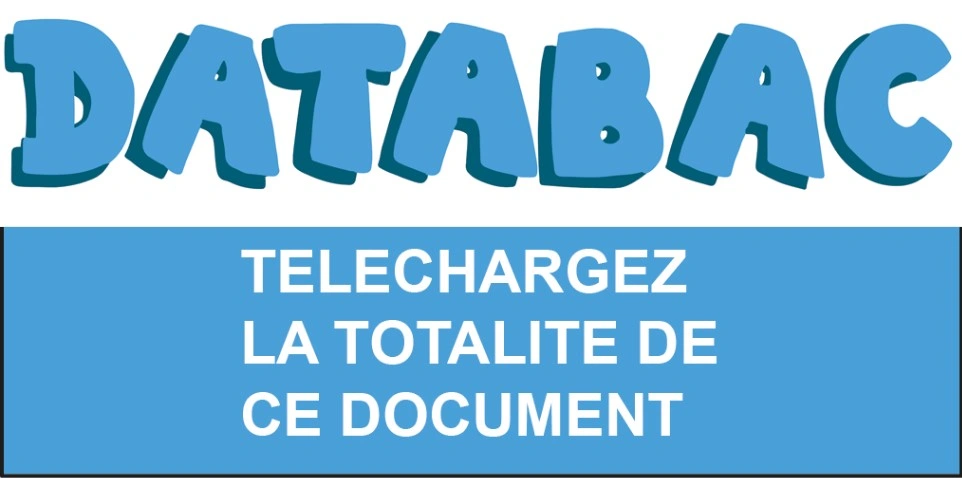Expression Ecrite Les trois lois d'asimov en Anglais
Publié le 22/04/2021

Extrait du document
«
Antoni Mbizi 1ere1
Expression Ecrite :
In 1941, when the scientist and science fiction novelist Isaac Asimov defined his
Three Laws of robotics in his story “Runaround”, he envisaged a world where these
humanoids robots would act as servants and would need a set of 3 fundamental laws.
First Law : A robot must not injure a human being or through inaction, allow a human
being to come to harm.
Second Law : A robot must obey the orders given it by human beings except where
such orders would conflict with the First Law.
Third Law : A robot must protect its own existence, as long as such protection does
not conflict with the First or Second Law.
But 8 decades later, since the publication of his story to submit his ethical guidelines,
there have been significant technological advancements like artificial intelligence,
machine learning, big data, etc.
Today, we now have a very different conception of
what robots can look like and how we will interact with them.
That leads us to ask
ourselves the question: Are the Three Laws of Robotics applicable today?
First of all, without getting into the heart of the matter of laws.
Let's take a technical
perspective of the issue, about understanding rules for a machine.
For example, what
if the laws are in English and one robot only processes Chinese? Or even if the robot
was made in the United States, how do we know it understands the laws? We would
therefore need a way to translate the laws and convey the meaning behind the words
into every language possible to cover all possibilities, dead languages like Latin as
well as binary machine language must also be used.
For human beings, these tasks
are obvious.
On the other hand, for a machine, these are two very different tasks.
The
first task refers to producing corresponding sentence strings in different languages,
while the second one consists of understanding those strings.
For human beings, these
tasks are obvious.
But, for a machine, these are two very different tasks.
The first task
refers to producing corresponding sentence strings in different languages, while the
second one consists of understanding those strings.
Doing only the first task is if I tell
you to sing a song with the lyrics in Spanish, you may say the words well, but you
have no idea what they mean.
On the other side, doing only the second task is like
having an idea in your mind but not knowing how to phrase it.
Yes, machines can
understand languages today.
Although, there still a lot they cannot do.
Now, I mentioned technical difficulties.
Let's see about law issues.
When Asimov
proposed those laws, he based them on another assumption that we, humans, knew
where the ethical lines were to be drawn.
But do robots know? Let us take, for
example, the word "harm" from the first law.
Let's also consider the word "human
being" in the same law.
What does its definition cover? Nowadays, a fetus’ right to.
»
↓↓↓ APERÇU DU DOCUMENT ↓↓↓
Liens utiles
- Maîtriser l'expression orale (Anglais)
- Mythes et héros : expression écrite (Anglais)
- Espaces et échanges : expression écrite (Anglais)
- Actes d'UnionPar ces lois (acts), le Parlement anglais entérine l'union de l'Angleterreavec l'Écosse (1707), et près d'un siècle plus tard avec l'Irlande (1800).
- Anglais : Expression écrite Document : « Buffalo Bill’s Duel with Yellow Hand »


